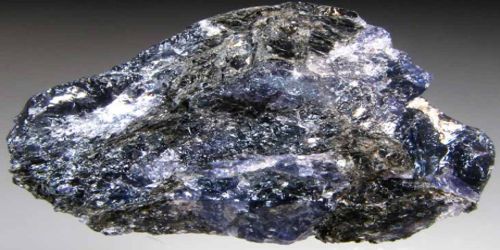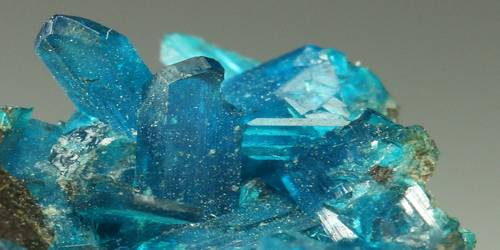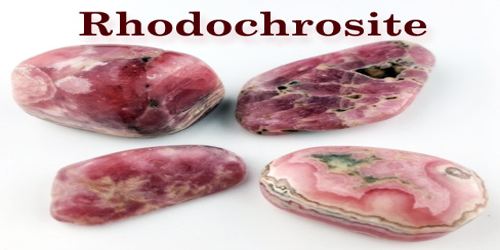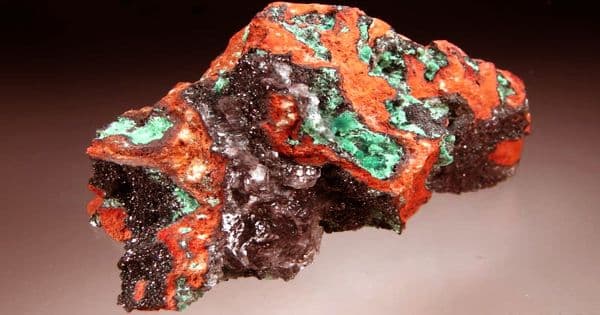Cordierite (mineralogy) or iolite (gemology) is a magnesium iron aluminum cyclosilicate. It is normally used for applications that required high temperatures and are subject to thermal shock or require low thermal expansion materials, such as kiln furniture. Iron is almost always present and a solid solution exists between Mg-rich cordierite and Fe-rich sekaninaite with a series formula: (Mg, Fe)2Al3(Si5AlO18) to (Fe, Mg)2Al3(Si5AlO18).
It was discovered in 1813 and is named after the French geologist Louis Cordier. It is also called Iolite (Greek – violet), and is sometimes misleadingly termed “Water sapphire”. Its unusual blue-violet color is attractive and is compared to a light blue sapphire with a purplish tint.
General Information
- Category: Cyclosilicate
- Formula: (Mg, Fe)2Al3(Si5AlO18)
- Cordierite group
- Crystal system: Orthorhombic
- Crystal class: Dipyramidal (mmm)
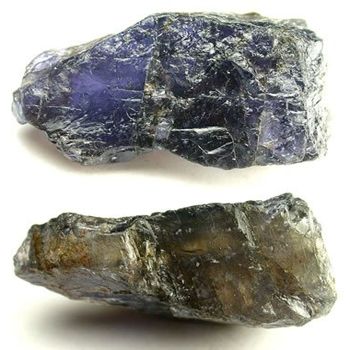
Fig: Cordierite – a magnesium iron aluminum cyclosilicate
Properties
Cordierite is famous for its remarkable trichroism: deep violet-blue (looking down the length of the prism) – blue-gray or yellowish-brown (when viewed through the sides). Oriented correctly It can be cut into attractive deep blue faceted gems.
- Color: Blue, smoky blue, bluish violet; greenish, yellowish brown, gray;
- Crystal habit: Pseudo-hexagonal prismatic twins, as embedded grains, and massive
- Fracture: Subconchoidal
- Tenacity: Brittle
- Mohs scale hardness: 7 – 7.5
- Luster: Greasy or vitreous
- Streak: White
- Diaphaneity: Transparent to translucent
- Specific gravity: 2.57 – 2.66
Occurrence
Cordierite typically occurs in contact or regional metamorphism of pelitic rocks. It is especially common in hornfels produced by contact metamorphism of pelitic rocks. Two common metamorphic mineral assemblages include sillimanite-cordierite-spinel and cordierite-spinel-plagioclase-orthopyroxene.
Other associated minerals include garnet and anthophyllite. It also occurs in some granites, pegmatites, and norites in gabbroic magmas.
Commercial use
Catalytic converters are commonly made from ceramics containing a large proportion of synthetic cordierite. The manufacturing process deliberately aligns the cordierite crystals to make use of the very low thermal expansion along one axis. This prevents thermal shock cracking from taking place when the catalytic converter is used.
Information Source:
